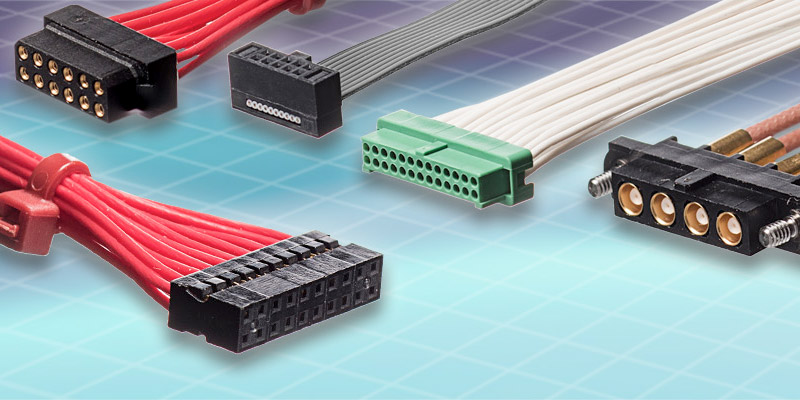Any kind of substitution can be a 50-50% chance of success; and so is the case with substitution of wire assembly connectors. Substituting wire assembly connectors can help in coming up with lesser expensive versions of wire assemblies, but it may also lead to issues with the interface if the substituted connector is of inferior quality, or if the substitution is not done correctly. This makes it absolutely necessary to choose the right connector and the right engineer/manufacturer to connect your connector to your wire assembly correctly. From the long list of wire assembly manufacturers in India, one name you can rely upon to provide you with the best connectors and engineering is Miracle Electronics. Here, you have the option to choose from a variety of connectors like circular, D-38999 circular, D-Sub, and Mill Spec. connectors, and can have your wire assemblies customized as per your requirements.
Substituting wire assembly connectors is a common practice, and a variety of connectors are commonly available in the market, most of which are identical in fit, form, and function, which is why substitution generally does not have any impact on the performance of an interconnect. However, there are some connectors that are produced to very strict tolerances and can include electrical components in the form of circuit boards or EProms which can’t be substituted because of their complexity. These connectors are specifically used in CXP, InfiBand, and Fibre Channel applications.
However, if you are absolutely determined on substituting your wire assembly connectors, there are certain things you need to be aware of. There are certain concerns that need to be addressed, and some questions that need to be answered. For example –
- Will the connector properly mate with the equipment it is to be used with?
- Will the connector provide the correct amount of strain relief for the wire?
- Will the connector be able to withstand the environment it will be used in?
Will the connector properly mate with the equipment it is to be used with?
If the substitute connectors are built to tolerances that are not the same as the connection they are proposed to mate to, it could result in broken opens and complete failure of the interface. The difference in tolerances will not let the contacts mate properly, which will result in such hazards.
Will the connector provide the correct amount of strain relief for the wire?
The next concern is whether the substitute connectors are provided with the proper amount of strain relief for the application the assembly is to be used in. If the strain relief provided is not appropriate, the wire could deteriorate at the exit point of the connector, causing complete failure of the assembly.
Will the connector be able to withstand the environment it will be used in?
In case of incompatibility of the substitute connectors to environmental conditions, the entire functioning of the wire assembly can be disrupted. For example, in case the wire assembly is likely to be exposed to chemicals, cleaning fluids, and moisture, the connectors must be rated as being fluid resistant; or else it will lead to complete failure of the wire assembly due to shorts or corrosion of contacts and termination points.

No comments:
Post a Comment